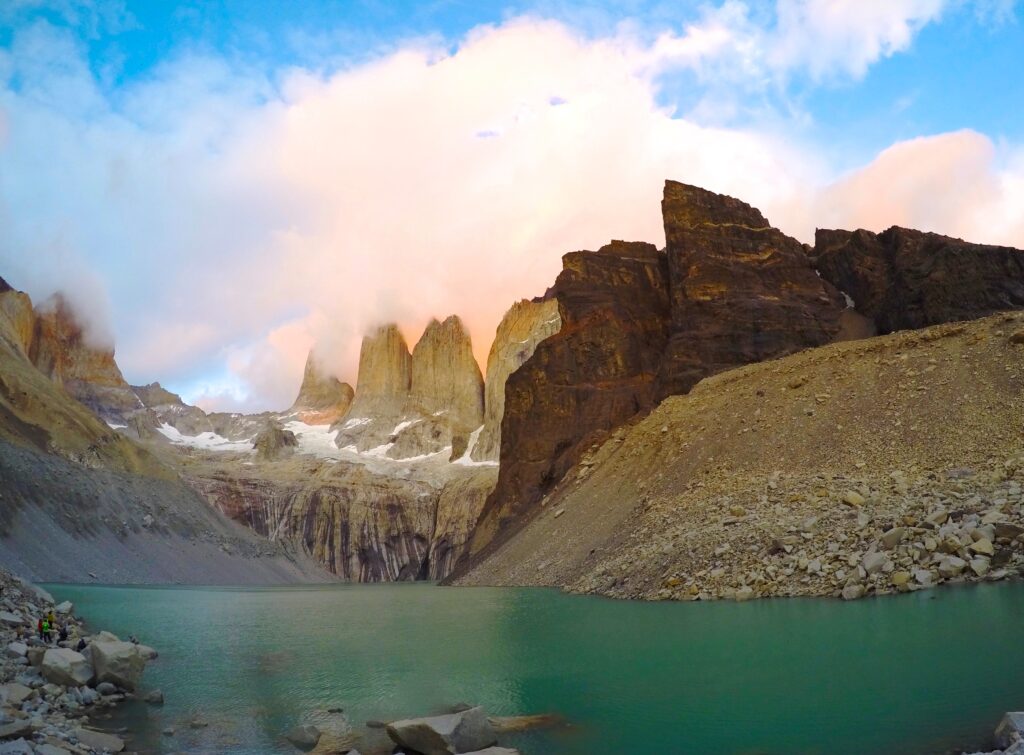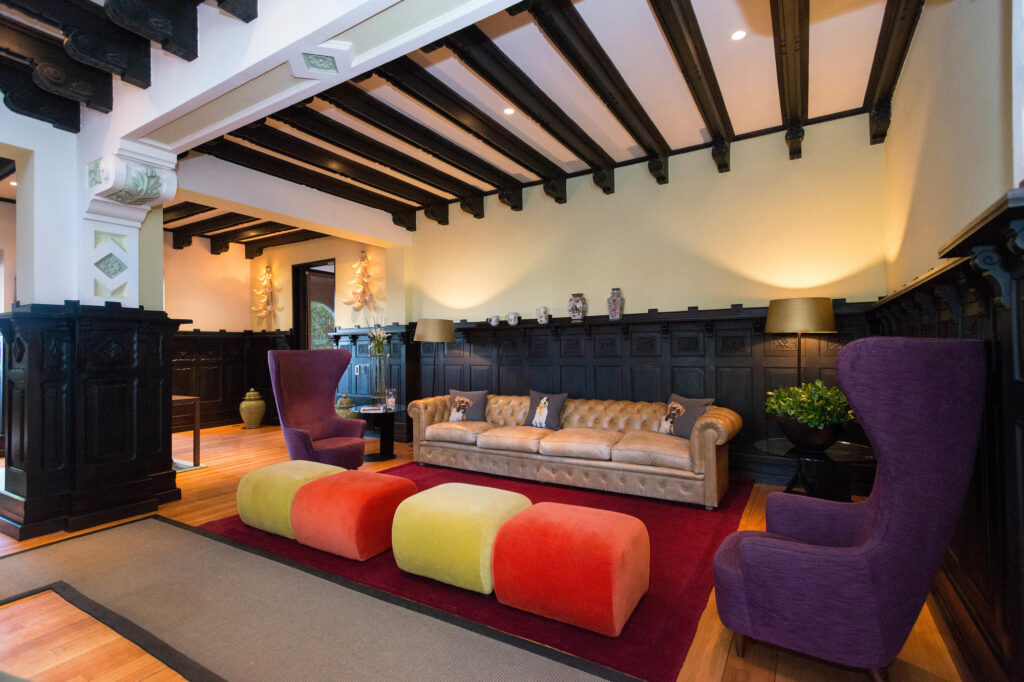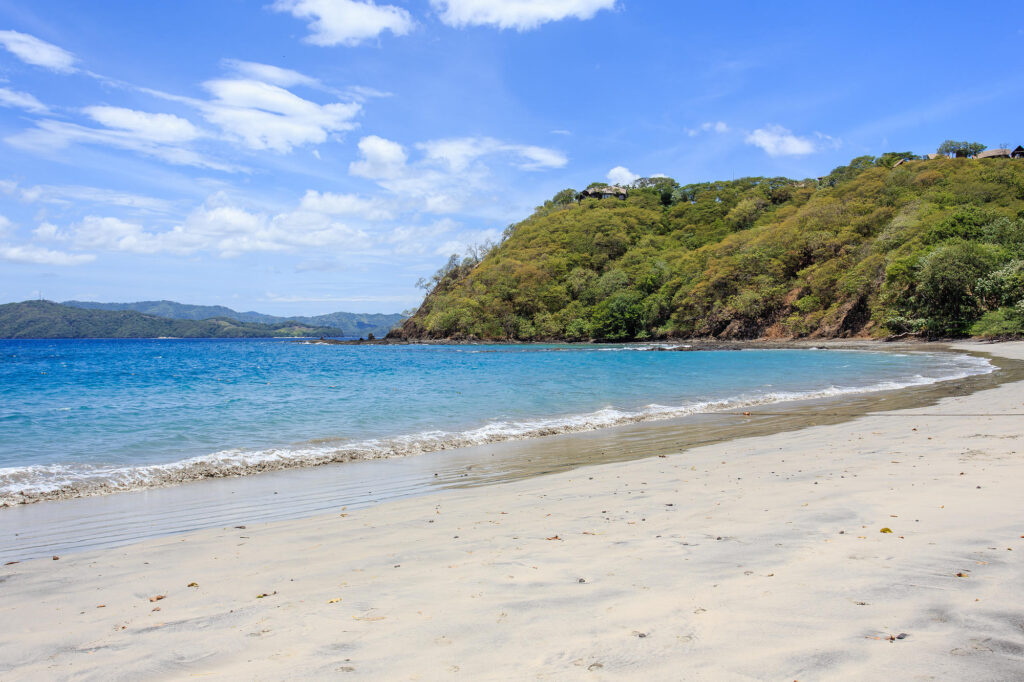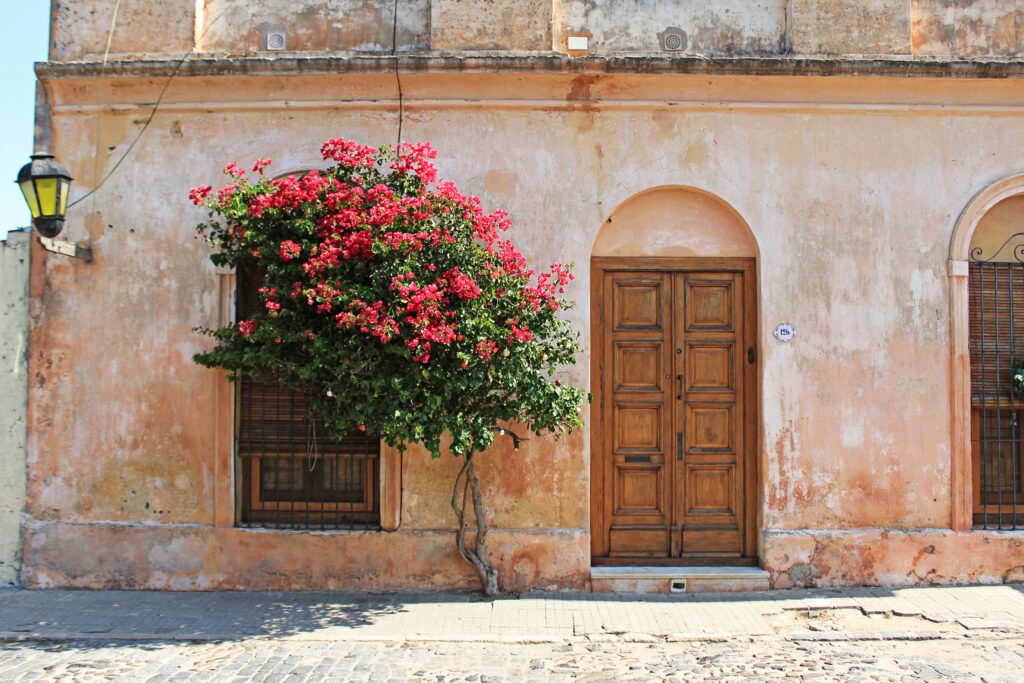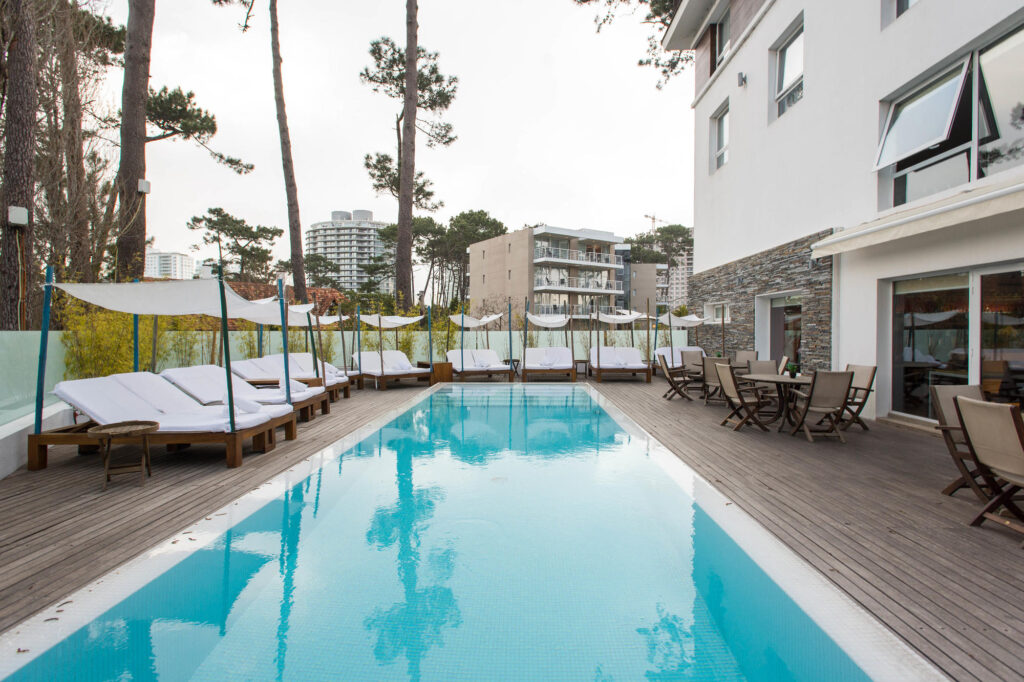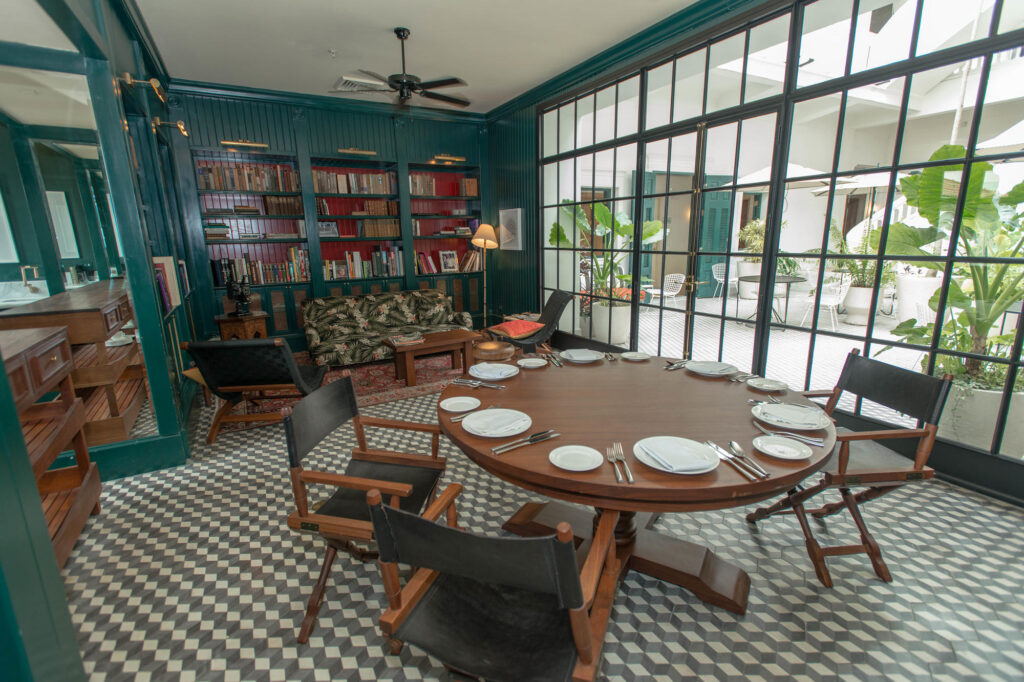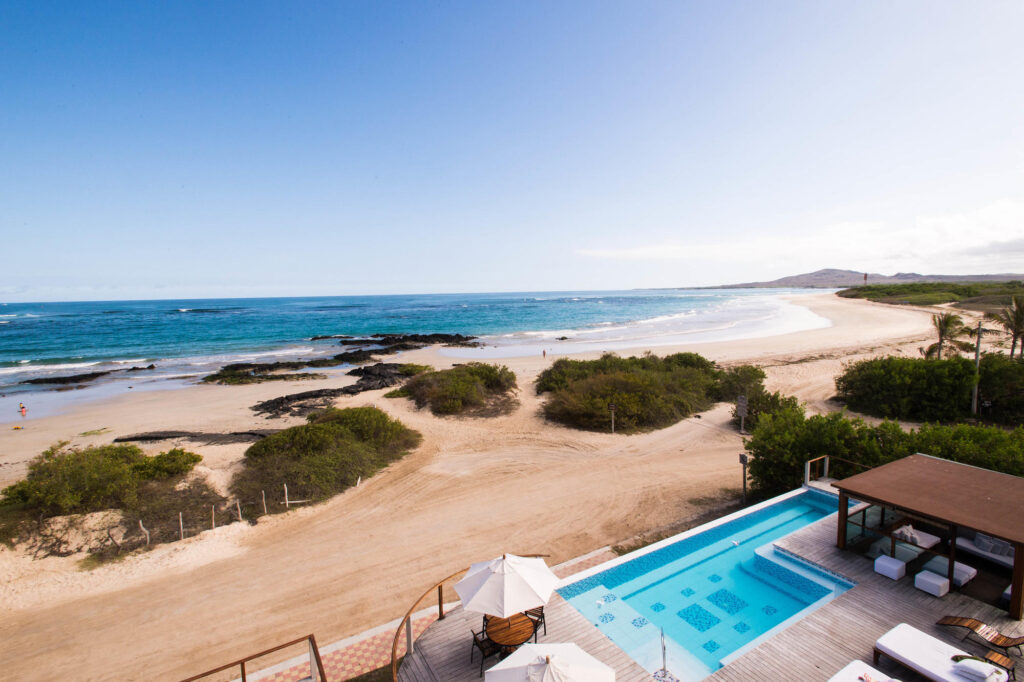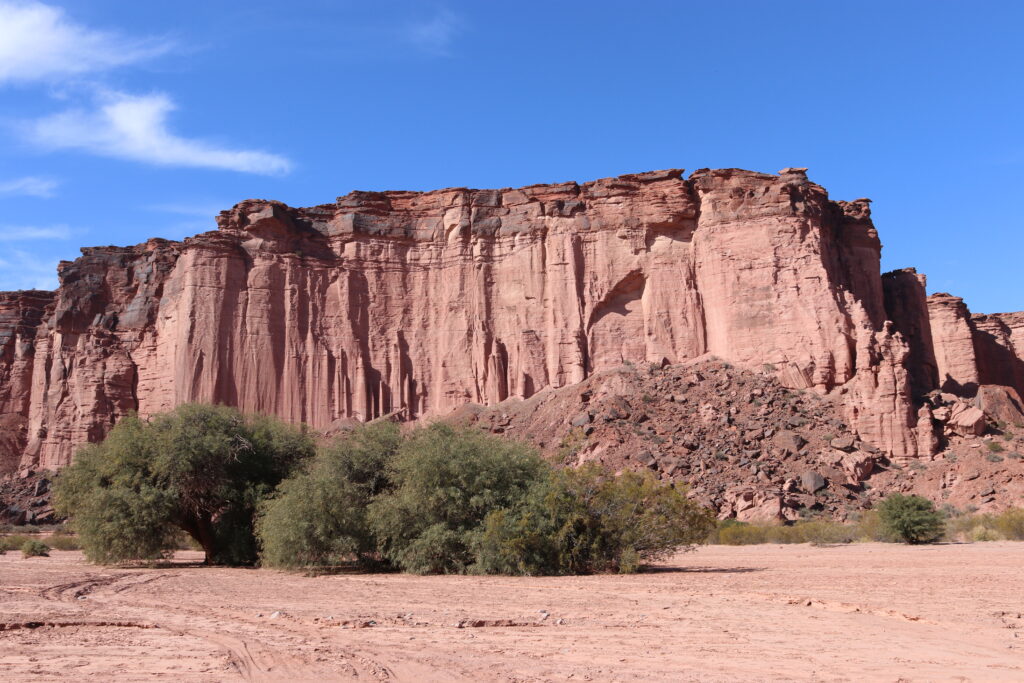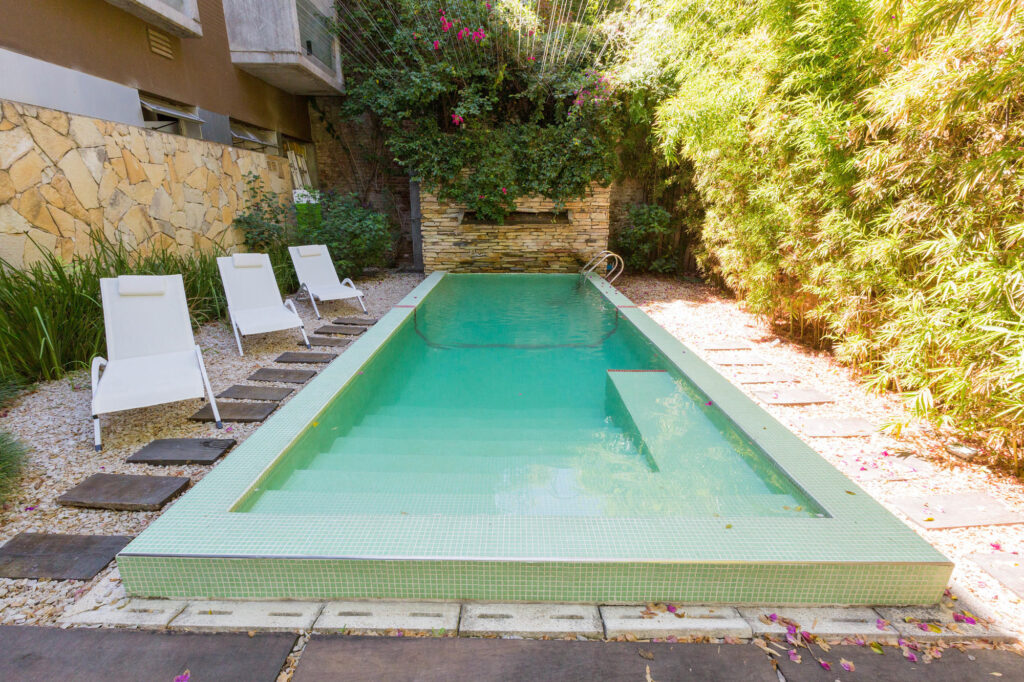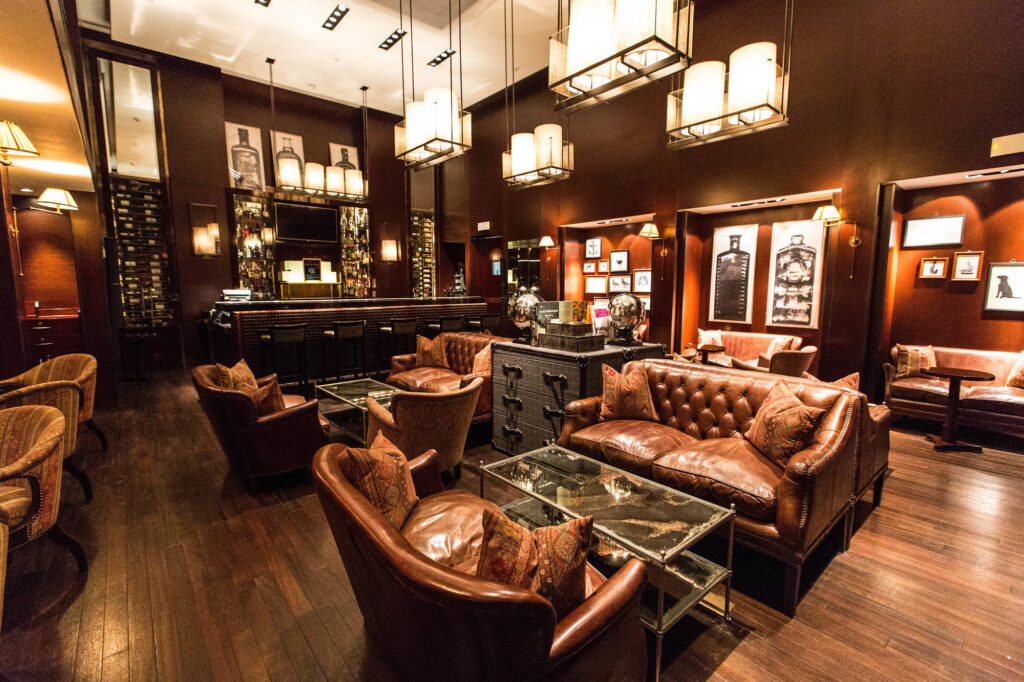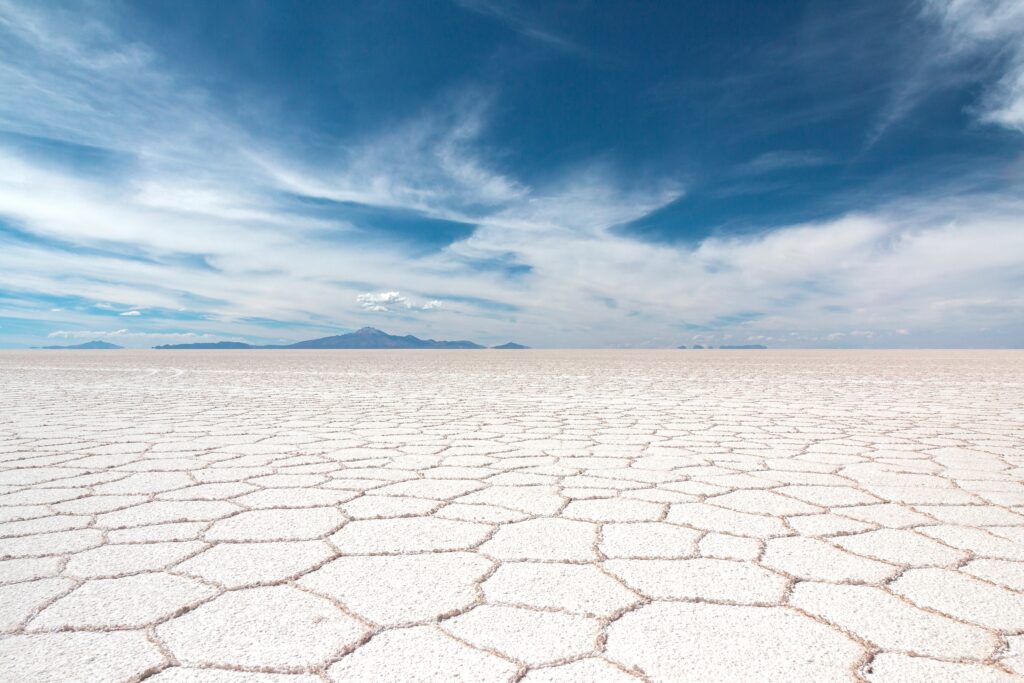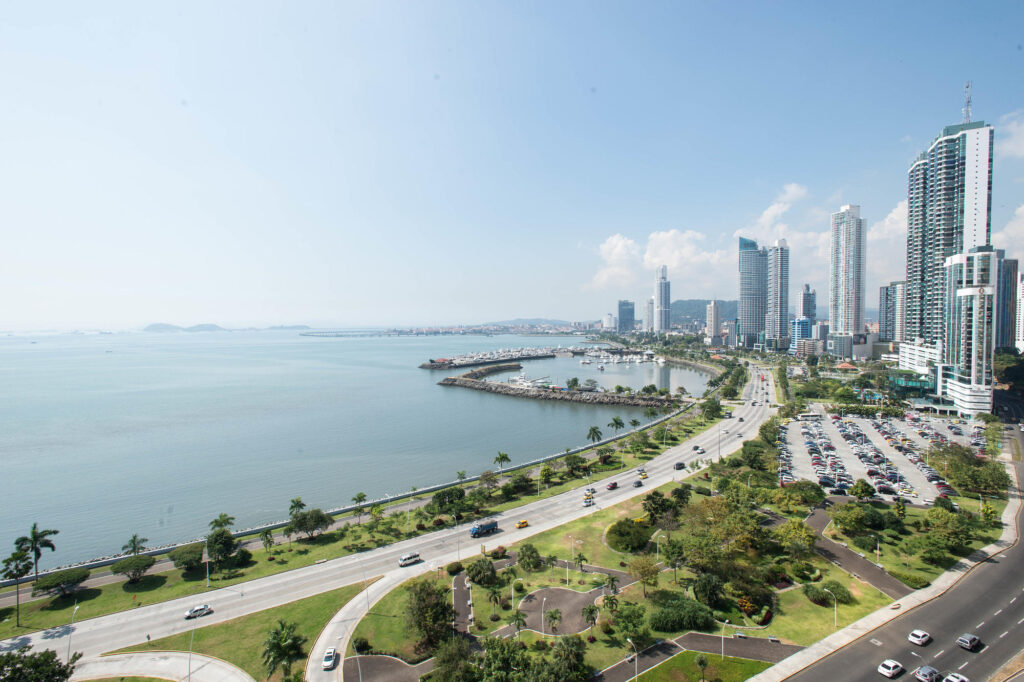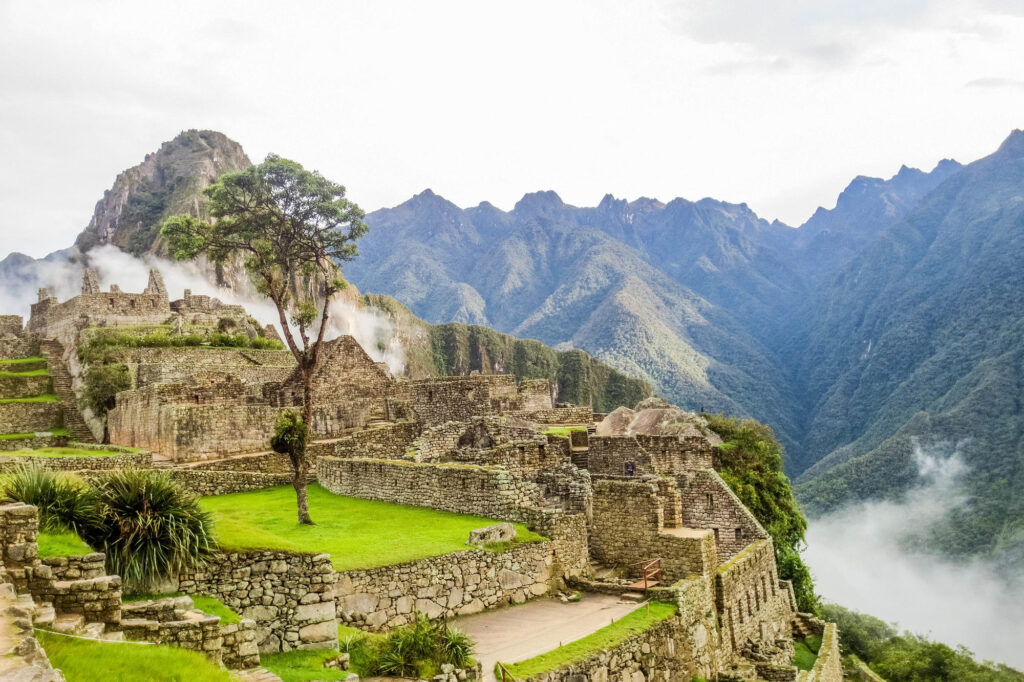 Machu Picchu/Oyster
Machu Picchu/Oyster
If you've been paying attention, you know that Latin America is rapidly ascending lists of the world's must-see destinations. According to the World Trade Organization, inbound tourism to Latin America grew by three percent in 2018, and the figure is predicted to grow. And with landscapes as varied at the Atacama Desert, the Andes, and the Amazon — plus stunning ancient ruins, charming colonial towns, and dazzling modern cities — why wouldn't it?
However, you might be wondering, "Is it safe to visit Latin America?" The truth is that centuries of global inequity, colonialism, and market forces have created instability in many countries in the region. In fact, in 2019, the Global Peace Index downgraded Central and South America's scores in 2019 — as they did with most countries in the Americas, including the United States. And when you focus on hard facts, things are alarming — as a whole, Latin America has a murder rate of 21.5 homicides per 100,000 people in 2018, according to the Washington Post, which is far above the global average.
But when you look more closely at the data, there are some bright spots. In fact, many countries in Latin America get high marks for safety, and also happen to be beautiful, culturally-rich destinations (including one of the 30 most safe countries on earth: Chile). We've ranked the safest destinations in Latin America and are giving you some tips on what to see there, so you can plan your next adventure with peace of mind. Read on for our picks.
Editor's Note: As of late 2019, protests have sprung up throughout several countries on this list, including Chile, Ecuador, and Bolivia. You should always check the security situation in the country before you plan your trip and leave, as the police, government, and military have resorted to violence in many instances.
1. Chile
Why You Should Go: Full of opportunities for outdoor adventure, lined with stunning beaches, and blazing up lists of must-visit destinations — Chile is rapidly becoming South America’s next “it” destination. Part of that is because there’s so much to see and do here. And that makes sense, when you consider its size; it’s nearly 2,800 miles long, with the Pacific Ocean as its western border, the Andes Mountains to the east, Peru to the north, and Antarctica to the south. Where else can you visit the driest place on earth (the Atacama Desert), while being able to photograph glaciers, climb volcanoes, go snowboarding, soak up some sun in a beach town, dive deep into literary history, and walk some of the world’s most interesting hiking trails?
As if all that wasn’t mind-blowing enough, Easter Island, with its mysterious Moai statues, is part of Chile too. Of course, you can’t see everything in one visit, or even two. For first-timers, a good starting point might be Santiago, the capitol and largest city in Chile. Skiing is an hour away; the Pacific Ocean is two hours away; and right in Santiago you have museums, concert venues, high-end shopping, and colonial architecture. If it’s nature that you’re after, head south — very far south — to famous national parks like Torres del Paine National Park (one of the world’s most famous) and the amazing landscapes of Chilean Patagonia and the Tierra del Fuego.
Keep in mind when planning your trip that summer in Chile lasts from December to March. You should also note that compared to its neighbors, Chile can be more expensive for travelers and you’ll score far fewer bargains than in neighboring Argentina.
Why It’s Safe: Chile is ranked the safest country in South America by the Global Peace Index and there are currently no travel warnings or alerts for Chile from the U.S. State Department. In fact, Chile consistently ranks as one of the top 30 safest countries in the world. According to the World Bank, the country has a far lower homicide rate than Latin America as a whole — around four per 100,000 people. The major concern in Chile comes in the form of natural disasters, as this is one of the most earthquake prone nations on earth.
Chile Hotel Pick: The Aubrey Boutique Hotel in Santiago
2. Costa Rica
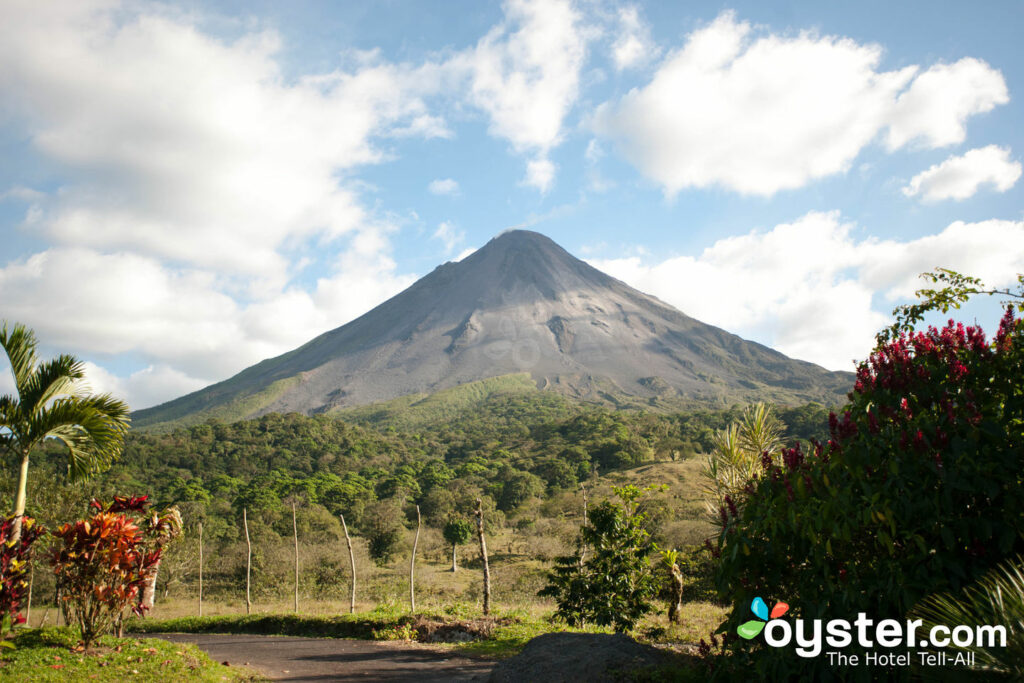
Why You Should Go: Costa Rica — like so many countries in Latin America — is tailor-made for nature lovers. It’s a destination that’s become especially popular with U.S. travelers in the last decade, as low-cost carriers like Spirit Airlines and JetBlue have launched routes to the country’s major destinations. Costa Rica also happens to be riding the wave of sustainable tourism that’s one of the most popular trends in the world right now. You’ll find eco-consciousness around almost every corner here, particularly around national parks like Manuel Antonio National Park along the Pacific Coast and Arenal Volcano National Park in the country’s interior.
Just what makes Costa Rica so amazing? It’s an incredibly diverse place when it comes to natural scenery. You’ll find everything from unspoiled beaches to cloud forests, pristine jungles, and towering volcanos here. Touring the rainforests in Costa Rica is a vacation highlight for many, as monkeys, jaguars, toucans, and other wildlife can be spotted. The urban character also varies here, with towns that range from lively resort areas to sandy-foot backpacker spots and traditional villages, not to mention some of the best surfing in Central America.
Costa Rica’s location is also a major reason that it’s so popular. Getting there requires a relatively minor time investment. A flight from New York City takes just under five hours, a little less than a flight from the same airport to California. Reaching Costa Rica from Miami, L.A., and Dallas-Fort Worth is even faster.
Why It’s Safe: Costa Rica is currently ranked the safest country in Central America by the Global Peace Index. There are currently no active warnings for Costa Rica from the U.S. State Department, and such warnings are rarely issued for the nation — which notably exercises the same neutrality rights as Switzerland and has one of the highest GDPs in the region. Violent crime is rarely an issue for visitors; according to the 2019 crime and safety report by OSAC, most of the crime against tourists is theft, particularly in the capital of San Jose.
Costa Rica Hotel Pick: Four Seasons Resort Costa Rica at Peninsula Papgayo
3. Uruguay
Why You Should Go: The smallest Spanish-speaking country in South America is also one of the safest and one of its least well known. While many tourists will pair a day trip or overnight escape to Colonia with a longer trip to Buenos Aires — a ferry ride across the Rio de la Plata — there’s a lot to explore in Uruguay. For starters, you’ll find far less tourist crowds here, which means an immediately more authentic trip. It also has a very progressive approach to life — gay marriage is legal (as is marijuana possession), and reproductive rights are protected by law. Those quality of life issues aside, it’s also one of the wealthiest countries in the region, which has translated to relative stability in the past decades.
So what’s it like on the ground? Expect much of the same flavor you’ll find in Argentina, with a slightly more laid-back attitude. The landscape in Uruguay ranges from sprawling pampas in the interior, to tropical jungles in the northwest and beautiful beaches along the coast. Montevideo, the country’s capital, is rapidly ascending the bohemian wish-lists of many travelers, with a booming arts scene and plenty of shabby-chic appeal. The colonial core is particularly beautiful (though can feel a bit dodgy at night). Oh, and nightlife rages well past dawn in Montevideo — just like its neighbor across the Rio de la Plata, Buenos Aires.
Outside of Montevideo, Uruguay’s beaches are some of the prettiest in South America. If you’re after a buzzy see-and-be-seen resort town, head to Punta del Este, where the elite from across Latin American post up to sunbathe as January descends on the region. If you’re after something more secluded and altogether unplugged, head to the hard-to-reach (but totally worth it) beaches of Cabo Polonio. And if you like a light buzz while you soak up the sun, Uruguay is one of the finest wine producers in South America — so drink up!
Why It’s Safe: There are currently no travel warnings or alerts for Uruguay, and it’s ranked by the Global Peace Index as the second safest country in South America. However, this doesn’t mean that the country is crime free. In fact, OSAC reports that crime is on the rise here. You should exercise particular caution in certain neighborhoods in Montevideo, as well as Punta del Este and Colonia when tourist season is at its peak. According to OSAC, crimes against foreigners are mostly non-violent theft. While the homicide rate has increased, as of 2018, it was at 11 per 100,000 people, which is far below the regional average, according to the Associated Press.
Uruguay Hotel Pick: Awa Boutique and Design Hotel in Punta del Este
4. Panama
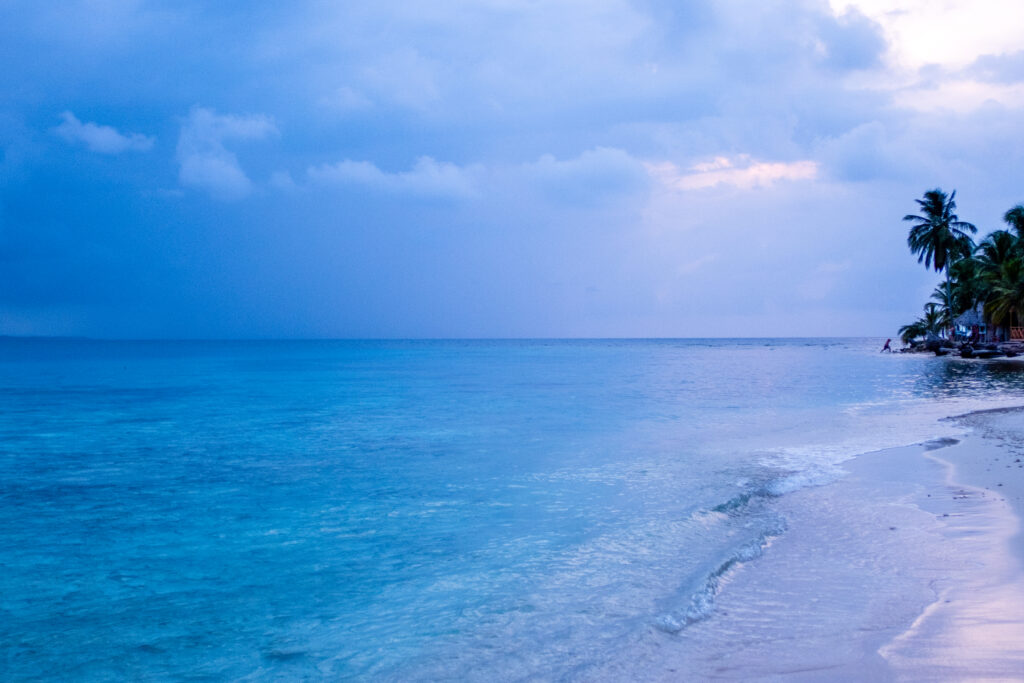
Sunset on San Blas Islands/Laura Hinely
Why You Should Go to Panama: Home to one of the most famous canals in the world, Panama is rapidly becoming a must-visit destination in Central America. But unlike some of its neighbors, where you’ll find dazzling colonial cities and ruins, Panama is most well known for its more leisurely pursuits. Beaches and golf are two of the biggest draws here, making this a great destination for travelers who don’t need to see a dizzying array of sights on their trip.
That’s not to say there’s isn’t a ton of cool stuff to explore here — quite the contrary, actually. Panama is shrouded in thousands of square miles of rainforest, much like its neighbor Costa Rica. It’s also home to the San Blas Islands, which are some of the most pristine tropical islands and beaches that you’ll find in the hemisphere. Need even more beachy options? Hit up Bocas del Toro, which sits on the Caribbean Sea and is home to Boca del Drago Beach and Starfish Beach. You’ll find a lively party scene in Bocas del Toro’s main hub, particularly on Isla Colon.
On the Pacific side, Panama City is making a name for itself as a leisure tourism capital of the region, with glittering resort hotels, sport-fishing, and easy access to some of the region’s finest golf courses. Oh, and did we mention that this is one of the world’s most prolific coffee-producing countries? Don’t forget to tour a coffee farm on your visit here.
Of course, the Panama Canal alone is a major tourist draw, and many cruise passengers and visitors will add a boat tour of the canal to their itinerary. If you’re after landscapes of a less watery kind, head to Boquete, nestled high in the mountains and near amazing jungle hiking.
Why Panama is Safe: As the fifth-safest destination on this list, it would be a mistake to call Panama a crime-free paradise. In fact, you should avoid Darien — the lawless jungle province next to the Colombian border — at all costs. The Mosquito Coast in the northwest is also of concern. Overall, though, the murder rate has seen sharp declines in the last half-decade, as have rates of burglary, and the U.S. government has no current active warnings for the country.
Panama Hotel Pick: American Trade Hotel
5. Ecuador and the Galapagos Islands
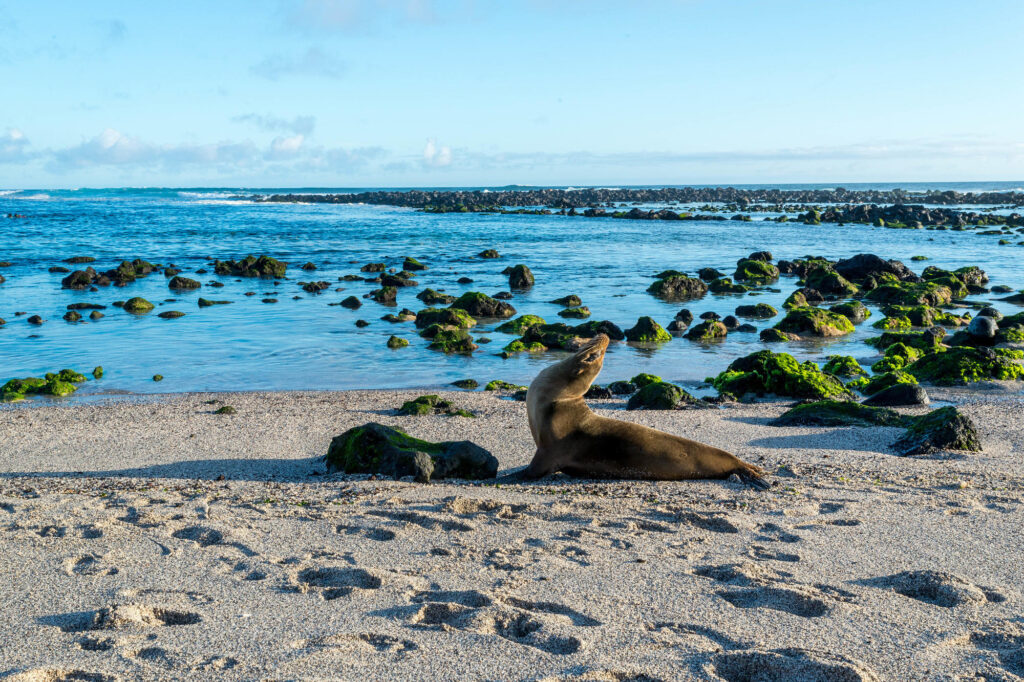
Galapagos Islands/Oyster
Why You Should Go to Ecuador: What Ecuador lacks in size it makes up in scenery and history. This tiny country, straddling both sides of the equator, packs a ton into a landscape that’s about half the size of Texas. Here, you’ll find historic cities like Cuenca and Quito, towering active volcanoes like Cotopaxi, beautiful beaches, and lush jungles that form part of the Amazon Basin. The country is also home to the famed Galapagos Islands, which may very well be its main tourist draw.
Located 600 miles off the coast of Ecuador in the Pacific Ocean, the Galapagos Islands are some of the safest spots to visit in Central and South America, even attracting many families with young kids. The Ecuadorian government works hard to preserve the environment of this archipelago of volcanic islands. Here you’ll find species that exist nowhere else on the planet, and pristine environments kept as they were in the times when Charles Darwin visited. Keep in mind that overtourism is a growing issue in the Galapagos Islands, and the government is considering sharply raising visiting fees to help offset the influx of travelers and preserving the islands for future generations.
The vast majority of the Galapagos are designated as a national park. In the sections open to visitors, only one small group is let in at a time, escorted by a guide, to help mitigate the effects of tourism. Nature lovers and photography buffs come here to see the vast number of endemic species, including (but definitely not limited to) sea lions, iguanas, giant tortoises, the blue-footed booby, and the only surviving species of tropical penguins.
Back on the mainland, you’ll find a diverse array of things to see. Quito has tons of colonial charm, and is a great home base for visiting sights like volcanic Cotopaxi National Park for amazing hikes. Cuenca might be one of the best preserved colonial relics in Ecuador, and the city draws travelers with its beautiful architecture and atmospheric streets that feel calmer than other Latin American cities. If you’re after beaches, check out surfer-ready Montanita or Playa Los Frailes, which is within Machalilla National Park.
Why It’s Safe: Like much of the world, you’ll find areas where you’re completely safe and areas where you should exercise caution in Ecuador. However, generally speaking the safety situation in the country is bucking the trend across much of Latin America. For much of the last decade, the murder rate has fallen precipitously, hitting 5 per 100,000 in 2017 according to The World Bank. Ecuador does have a Level 2 advisory from the U.S. State Department, and you should completely avoid northern areas like Carchi and Sucumbios. Exercise caution with valuables on the streets of Quito and Guayaquil as well.
Ecuador Hotel Pick: Iguana Crossing Hotel in the Galapagos Islands
6. Argentina
Why You Should Go to Argentina: Argentina is the second-largest country in South America, and eighth largest in the world. That size translates to an incredible array of landscapes: from the ice and snow of the Tierra del Fuego to red rock deserts at Talampaya National Park and the steamy tropics of Iguazu Falls in the country’s extreme north. You may have also heard of the nation’s capital, Buenos Aires, once or twice in your lifetime.
Nearly every visitor to Argentina will spend some time in Buenos Aires, — and with good reason. This sprawling city packs so much of Argentina into one dynamic place. Whether you’re after tango, incredible colonial architecture, bustling cafes, roaring nightlife, amazing food, or hipster shopping, the city has limitless options for you.
But Argentina is more than Buenos Aires, and cities like Mendoza and Cordoba deserve your attention as well. Mendoza is the capital of Argentina’s major wine-producing regions, and is surrounded by beautiful vineyards (all within striking distance of the Andes). The university town of Cordoba is packed with historic sights and architecture.
If urban travel isn’t your thing, have no fear: Argentina offers more nature than you can pack into one trip. Patagonia is perhaps its most legendary region, and essentially encompasses the entire south of the country. You can spot whales at Peninsula Valdes and Puerto Madryn, tour the epic grasslands that still play host to gauchos, view the Andes in Bariloche, see massive glaciers at Perito Moreno, and nearly touch Antarctica in the Tierra del Fuego and Ushuaia. Up north, Iguazu Falls rumbles along the Parana River — its immensity must be seen to be believed.
Why It’s Safe: Unfortunately, Argentina isn’t faring as well as some of its neighbors, and is enduring a prolonged economic crisis that is creating even deeper income inequality in the country. Even so, it’s managed to avoid the hyper-violent fates of places like Brazil and Mexico. There are no U.S. State Department warnings for the country, and the homicide rate is steadily falling (and one of the lowest in Latin America — about five per 100,000 people as of 2017, according to World Bank). You should guard yourself against theft, though, as this is proving more and more common in major cities like Buenos Aires, where some parts of the city should be completely avoided.
Argentina Hotel Pick: Mine Hotel Boutique in Buenos Aires
7. Peru
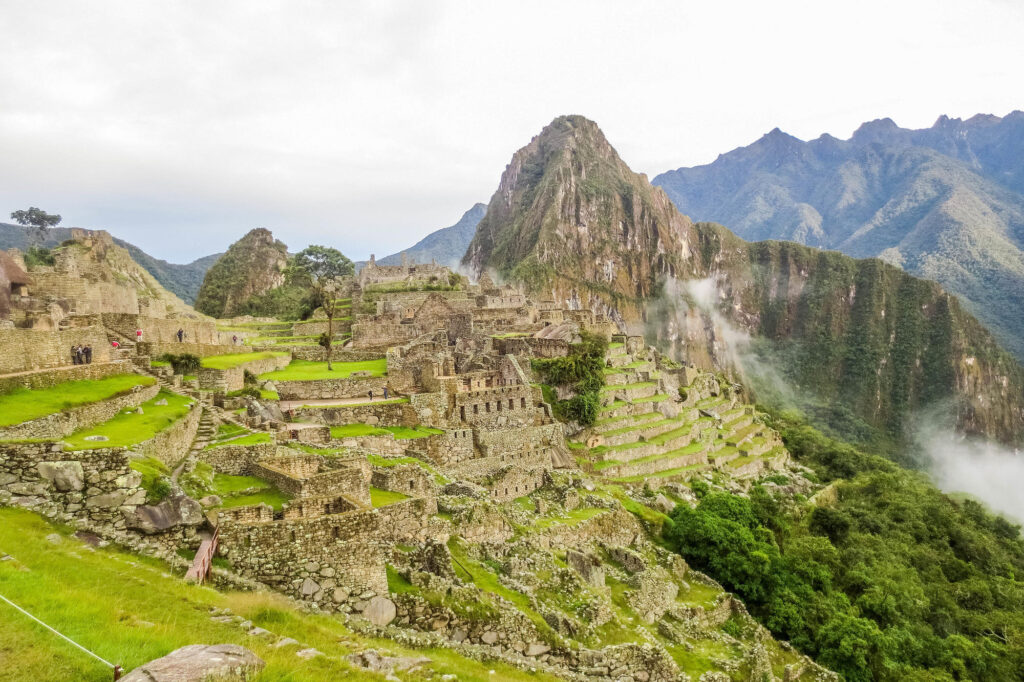
Machu Picchu/Oyster
Why You Should Go to Peru: If you’re thinking of going to Peru for the first time, you probably have one thing in mind. The country is home to the mother of all archaeological ruins: Machu Picchu. To say that the scenery is stunning in this former Inca city is an understatement, and it truly has to be seen to be believed. However, if you thought one set of ancient ruins was all that Peru had to offer, you’re wrong.
This is a country that’s booming onto the tourism scene for the breadth of what it has to offer. You’ll find beautiful beaches, incredible surfing, untouched jungles, and dazzling cities. With that in mind, Lima should be high on your list of must-visit destinations in Peru. It’s cliff-flanked coastline will have you feeling beachy in no time, though it’s the city itself that’s proving exciting to travelers these days. The arts scene is booming, along with Lima’s already epic foodie scene (which is always best complimented by a pisco sour, and goes far beyond the internationally famous ceviche). There are also markets and shopping galore.
Back outside of Lima, you’ll likely want to tack on a visit to Cusco when you’re heading to Machu Picchu. Here, the ruins of the Inca Empire and Spanish Empire collide in a surreal and achingly beautiful town that sits near the famed Inca Trail and is the embarkation point for the train to Aguas Calientes and Machu Picchu. Other top destinations in Peru include the beaches of Mancora, the mysterious Nazca Lines that are carved into the country’s desert landscape, and the beautiful mountains near Huaraz. If it’s Amazon jungles that you’re after, hop a flight to Iquitos, a city that can only be accessed by boat or plane.
Why It’s Safe: According to the World Bank data bank, Peru has low homicide rate (around seven per 100,000 people in 2017) — and that’s held steady for several years, signaling stability. OSAC also notes that crime targeting foreigners isn’t common, and that robberies and theft are on the decline in the country. Certain areas are under threat from organized crime, including Cusco as a whole, though the U.S. government notes that all major tourist areas in the Cusco Department are safe for travel. The U.S. State Department issued a Level 2 advisory for Peru in 2019 due to its hosting the PanAmerican Games, though countries like Spain, France, and the U.K. are also Level 2 countries.
Peru Hotel Pick: The Westin Lima Hotel & Convention Center
8. Bolivia
Why You Should Go to Bolivia: When you first think of Bolivia, you might not exactly think of beautiful landscapes and cool cities. But you’d be seriously underestimating this landlocked South American nation if you did that. Yes, it remains one of the poorest nations on the continent, but Bolivia is getting better year after year. And travelers are starting to take notice. While there’s a lot of land to explore in Bolivia, travelers generally focus on three main destinations: La Paz, Salar de Uyuni, and Lake Titicaca.
La Paz, the nation’s capital, has been undergoing a major renaissance in recent years. And a major driver of those changes is the Mi Teleferico — installed as a means of generating equality by providing transportation between the wealthy and poor parts of town. That system of cable cars now connects many of the city’s districts, whisking users high above its clogged streets and making the whole place far more accessible. You’ll find modern boutique hotels amid chaotic neighborhoods, while major Bolivian and international chefs have made this a food-lover’s paradise. You can also scope out only-in-La-Paz sights like Plaza Murillo and the bizarre Witches’ Market (which sells the spiritually-infused and often wild wares that give the market its name).
While La Paz is awesome, nature is also high on the agenda of visitors to Bolivia. Atop that list is Salar de Uyuni, the famous salt flats that are a dream to behold (and make for a mighty fine picture as well). If you visit during dry season, expect a flat sprawl of crackling white salt stretching in all directions. If you visit during the rainy season, Salar de Uyuni becomes an epic mirror, reflecting blue skies, mountain peaks, and the flamingos that stop here during migrations. You can also add a visit to Lake Titicaca to your itinerary, where you’ll find ruins of the oldest Inca communities and amazing natural scenery.
Why It’s Safe: Along with an increase in the quality of life for its citizens, Bolivia is seeing a fairly drastic decrease in the rates of violent crime. That’s particularly true when it comes to its homicide rate, which has been one of the lowest on the continent in recent years, according to World Bank. OSAC reports that violent crime against tourists is low, though being targeted for pickpocketing is common and you should exercise caution with your valuables when outdoors. There are no U.S. State Department warnings for Bolivia as of 2019, though you should check vaccine requirements, as some insect-borne illnesses are endemic.
Travelers’ Safety Tips in Latin America:
Keep in mind that no matter where you decide to travel in Latin America, you’ll still need to exercise the same common-sense precautions as you would anywhere. Here are a few of our best safety tips:
- Get information from hotel staff about where to go and how to get there, as well as where not to go.
- Don’t wear showy, expensive jewelry or designer accessories.
- Avoid keeping all of your cash and credit cards in one wallet. Consider using a money belt, or split your money and cards between various pockets.
- Be street smart and stay aware of your surroundings. Drinking too much alcohol and wandering around an unfamiliar area is not advised.
- Check the U.S. State Department Travel Warnings and Alerts before you book, and again shortly before you depart.
- Be aware that areas hosting dense groups of tourists are prime targets for pickpocketing.
- Lock your valuables in your hotel’s safe, instead of carrying them with you.
- Check advisories on insect-borne diseases and consider whether you should vaccinate or take precautions well before you travel to Latin America.
NOW WATCH: The Safest Countries in the World
Related Links:
- Is It Safe to Travel to Mexico City?
- Is It Safe to Travel to Brazil?
- Which Destinations in Mexico Are the Safest?
All products are independently selected by our writers and editors. If you buy something through our links, Oyster may earn an affiliate commission.
